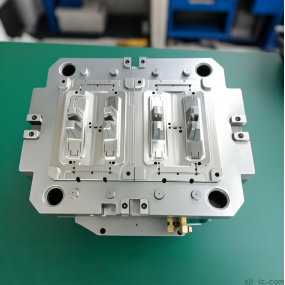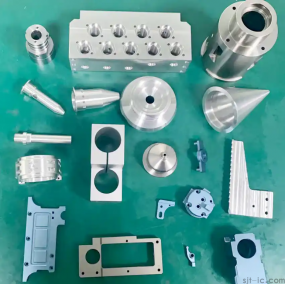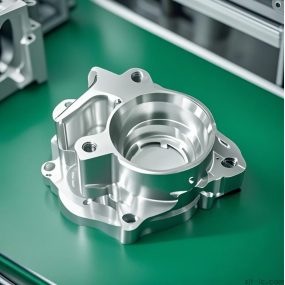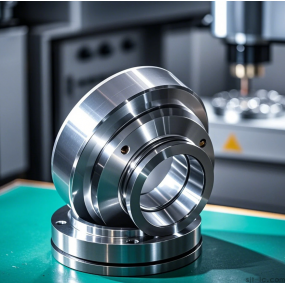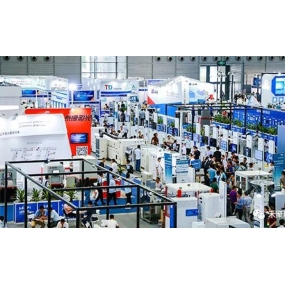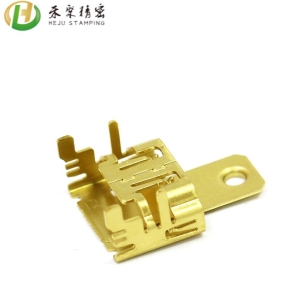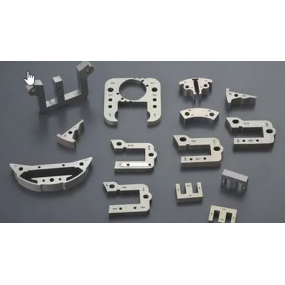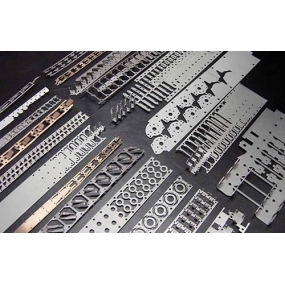Hey there, fellow engineers and procurement pros! 🛠️ Ever needed just 50 or 100 custom parts made, only to get a quote that made your budget scream? You're not alone. Figuring out the cost for small-batch CNC Machining can feel like a black box. This article cuts through the confusion and gives you a clear, behind-the-scenes look at how pricing *really* works for smaller orders.

🤔 So, What Drives the Price Tag Anyway?
It's not just about the material. Think of it like this: the cost is a puzzle with several pieces. First, there's the machine setup time. This is a fixed cost, whether you're making one part or a thousand. For small batches, this setup cost gets spread over fewer parts, which makes each individual part more expensive. Then there's programming time—someone has to tell the machine exactly what to do. The more complex your part, the longer this takes.
🧩 The Big Three: Time, Material, and... Surprises?
Let's break down the main cost drivers:
1. Machine Time & Setup: This is often the biggest chunk for small runs. The clock starts ticking from the moment the machine is set up for your job.
2. Raw Material Cost: Simple enough. A block of aluminum costs less than a block of titanium. But don't forget the material waste—chips left on the shop floor that you're also paying for.
3. Part Complexity & Design: Does your part have super deep holes, super thin walls, or super tight tolerances? These features can drastically increase the machining time and require special tools. Speaking of design, a DFM (Design for Manufacturability) review can sometimes spot tricky features early on. Though, to be totally honest, the specific savings from a DFM check can be hard to pin down until you actually get a quote.

💡 A Little Effort on Your End Can Save a Lot
You have more control than you think! Here's what you can do:
•Simplify Your Design: Fewer sharp internal corners, slightly relaxed tolerances where possible.
•Choose the Right Material: Don't specify a super-alloy if a common aluminum will do the job.
•Provide Clear, Complete Drawings: This reduces back-and-forth and prevents costly mistakes.
From my experience, I've seen projects where just modifying a single hard-to-machine feature cut the quote by 15%. It's always worth a second look!
💰 Let's Talk Real Numbers (Kind Of)
I wish I could give you a simple price-per-part, but it's impossible without a drawing. However, I can give you a rough idea of the cost structure. For a simple aluminum bracket in a batch of 50, the setup and programming cost might make up 40-60% of the total quote. The rest is material and machine time. If you then ordered 500 of the same bracket, the per-part cost would plummet because that setup cost is now divided 500 ways. This might suggest that larger batches are always cheaper. But wait a minute, what if you don't need 500 parts? Then you've got cash tied up in inventory. Sometimes, paying a bit more per part for a small batch is the smarter financial move.

🤝 How to Get the Best Quote for Your Project
Ready to get a price? Here's the playbook:
1.Prepare Your Files: Have a 3D model (like STEP) and a 2D drawing (PDF) ready.
2.Be Specific: Clearly state the material, quantity, surface finish, and any critical tolerances.
3.Shop Around (Wisely): Get quotes from a few different shops, but remember—the cheapest option isn't always the best. Look for clear communication and a willingness to answer your questions.
Ultimately, finding a reliable partner who understands your need for quality and clear pricing on smaller projects is worth its weight in gold. Hope this helps you on your next sourcing journey! 🚀


 Spanish
Spanish Arabic
Arabic French
French Portuguese
Portuguese Belarusian
Belarusian Japanese
Japanese Russian
Russian Malay
Malay Icelandic
Icelandic Bulgarian
Bulgarian Azerbaijani
Azerbaijani Estonian
Estonian Irish
Irish Polish
Polish Persian
Persian Boolean
Boolean Danish
Danish German
German Filipino
Filipino Finnish
Finnish Korean
Korean Dutch
Dutch Galician
Galician Catalan
Catalan Czech
Czech Croatian
Croatian Latin
Latin Latvian
Latvian Romanian
Romanian Maltese
Maltese Macedonian
Macedonian Norwegian
Norwegian Swedish
Swedish Serbian
Serbian Slovak
Slovak Slovenian
Slovenian Swahili
Swahili Thai
Thai Turkish
Turkish Welsh
Welsh Urdu
Urdu Ukrainian
Ukrainian Greek
Greek Hungarian
Hungarian Italian
Italian Yiddish
Yiddish Indonesian
Indonesian Vietnamese
Vietnamese Haitian Creole
Haitian Creole Spanish Basque
Spanish Basque

